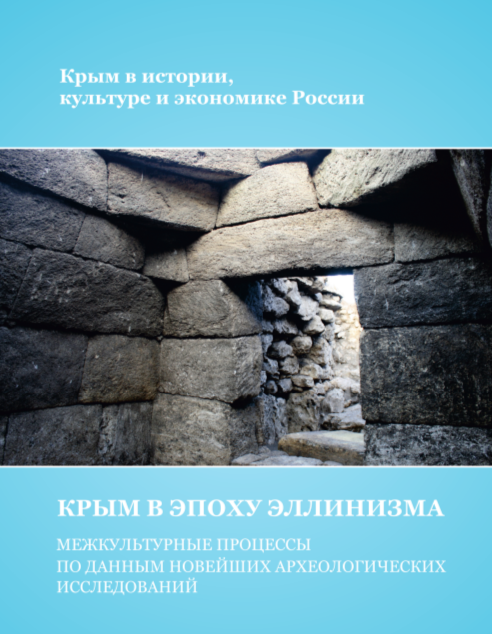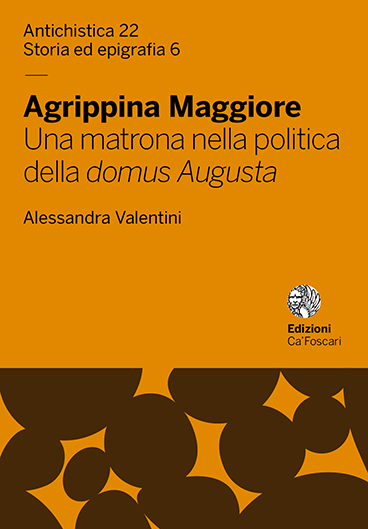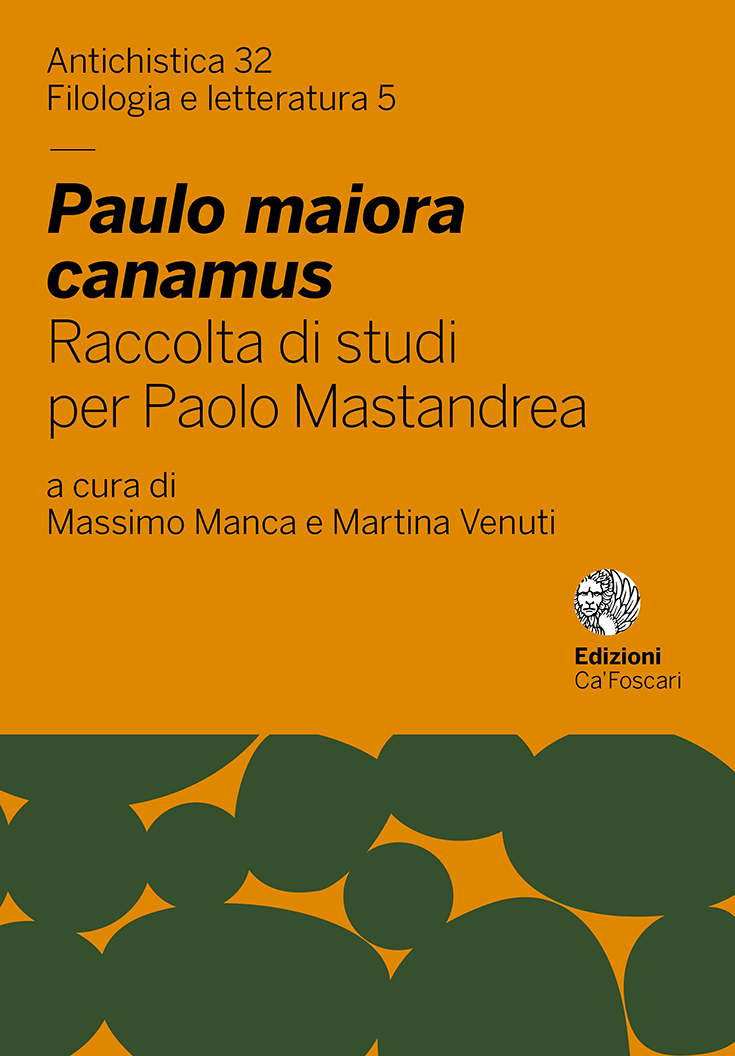Abstract
This thesis examines the construction and function of dialogue and pseudo-dialogic structures in the satiric poetry of Lucilius, Horace, Persius, and Juvenal. Dialogue is analysed as, to greater and lesser degrees, mimetic of, or informed by, turn-taking structures in multi-speaker communication. Analysis is undertaken using methodologies adapted from the field of Conversation Analysis, as well as recent sociolinguistic studies on Graeco-Roman prose and poetry. In addition to these ‘novel’ tools, traditional philological exegesis is used to explore the inter and intra-textual relationships between forms of speech and speaker. The combination of these approaches generates a multi-layered exegesis of sermo in Latin satire, revealing stylistic patterns and innovations, nuanced characterisation of specific speakers, and the narratological function of mimetic structures.
Chapter I introduces the concept of persona as relevant to this thesis through an analysis of certain extracts of Lucilius’ poetry. Despite the fragmentary nature of the evidence, I demonstrate that what remains evinces a variety of dialogic modalities, as well as notable sermonic stylistic quirks seen in later representations of sermo. I also demonstrate how Cicero’s reception of Lucilius can inform our reading of the author-narrator continuum, and apply my turn-focussed methodology to the study of the ‘Scaevola v Albucius’ debate.
Chapter II introduces the quantitative aspects of this thesis and applies the complete set of analytical tools to the satiric works of Horace. I uphold and advance Freudenburg’s reading of a dichotomy between Epicurean and Stoic sermo, and provide detailed exegesis on many forms of dialogue existing in both books of satire. I argue that multiple speakers are given specific idiolects which have, until now, passed unnoticed by scholarship, and that dialogic interactions between the narrator and various interlocutors are critical to reading Horace’s poetic and satiric agendas.
Chapter III continues the full application of socio-linguistic and philological exegesis on the works of Persius. I argue throughout for specific speaker-line attributions — necessary for conducting my analysis — and through doing so note important moments of intertextuality between Persius and Horace. In my analysis of Persius 3, I make significant contributions to the question of speech/speaker (a debate ongoing for more than a century), and argue that Persius is, generally, subversive of the modalities utilised by Lucilius and Horace.
Chapter IV completes the quadriptych through analysing the role of sermo in the works of Juvenal. While modern scholars may claim that Juvenal is less ‘conversational’ than his predecessors, I argue that dialogue not only remains an integral part of much of Juvenal’s poetry, but even undergoes innovation through the inclusion/creation of new interlocutorial archetypes (the female satirist) and iterated use of multi-speaker ( > 2) interactions.
Date
2022-04-25Advisors
Gowers, Emily
Gildenhard, IngoKeywords
Latin, SatireQualification
Doctor of Philosophy (PhD)Awarding Institution
University of CambridgeRights
Collections









